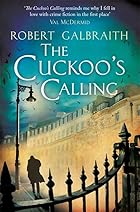As mentioned, over the Christmas holiday and a short winter sub break after New Year, I got some good reading done. In keeping with my resolution to review more books, here’s what I enjoyed most from my holiday reading…
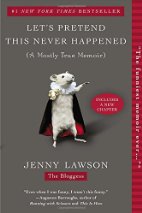 Let’s Pretend This Never Happened: A Mostly True Memoir, by Jenny Lawson
Let’s Pretend This Never Happened: A Mostly True Memoir, by Jenny Lawson
If you’re already familiar with Jenny Lawson, aka The Bloggess, then her work will need no introduction. If you’re not, then GO AND READ HER BLOG RIGHT NOW. Seriously, now. I’ll wait.
Ok, so now you’ve seen Jenny’s blog and fallen in love with her mix of irreverent humour, baffling stream-of-consciousness ramblings, frank honesty about her mental health, and mildly alarming (ethical) taxidermy collection, you’ll be delighted to know this book delivers on all these counts.
Although we’re not even a month into the year yet, I’m pretty confident that this could be the funniest book I’ll read in 2016. (Although I suspect Jenny’s second book, Furiously Happy, could also be a strong contender… Fun fact, I actually bought Let’s Pretend… because I wanted to read Furiously Happy, but I couldn’t read her second book without reading the first. Because I am a librarian, and ORDER MATTERS. Ahem.) As a tip, if you’re by a hotel pool and want to keep the sun loungers nearest to you free, I’d recommend buying this book, and choking with laughter as you read aloud the chapter about “Stanley, the magical talking squirrel” to you confused other half. Worked wonders: no one bothered us for the whole holiday! (I felt like pointing out it could have been worse – I could have been reading out the bit about the cow’s vagina.)
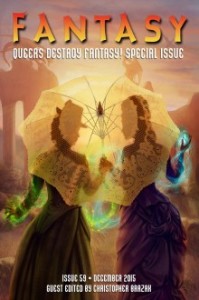 Queers Destroy Fantasy! Fantasy Magazine Special Issue
Queers Destroy Fantasy! Fantasy Magazine Special Issue
Queers Destroy Fantasy! was a stretch goal of the Kickstarter-backed special edition of Lightspeed Magazine, Queers Destroy Science Fiction! (which I also read in 2015, and loved, but never got around to reviewing). It was launched following the phenomenal success of 2014’s Women Destroy Science Fiction! special issue Kickstarter, launched to highlight and celebrate women’s contributions to science fiction (and also fantasy and horror, since they raised so much more money than planned!)
The Queers Destroy… Kickstarter was launched to do much the same for LGBTQ writers, and massively succeeded. The SF, Fantasy and Horror (although I am less of a fan of horror writing generally) issues all featured some hugely impressive writing and exciting stories. In the Fantasy issue I read over the holiday, I particularly enjoyed Catherynne M. Valente’s The Lily and the Horn, set in a medieval world where wars are fought by means of lavish, poisoned banquets, with the winning side decided by who survives the longest, and high-born women are trained from childhood in the arts of poisons and antidotes.
As part of my Kickstarter reward for backing these special issues, I also opted for a 12-month digital subscription to Lightspeed Magazine, which has been great for introducing me to a diverse range of talented SFF writers. I’ve really enjoyed reading these each month, and will definitely be continuing my Lightspeed subscription.
Happily, Lightspeed have just launched a Kickstarter for their latest special issue: People of Colo(u)r Destroy Science Fiction! If you love good SFF, and agree that #WeNeedDiverseBooks, I’d urge you to back this campaign. They’re already almost up to $20,000 pledged (four times their initial goal of $5,000!), but it’d be great to see them reach the dizzying heights of the previous two campaigns (QDSF raised $54,000, and WDSF raised $53,000!). Plus, there’s some great stretch goals if they hit their higher targets.
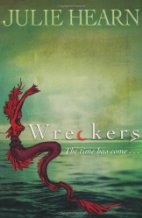 Wreckers, by Julie Hearn
Wreckers, by Julie Hearn
According to LibraryThing, I bought Wreckers at the start of January 2013 (probably in the Kindle sale, but I actually can’t remember as it was so long ago!) That makes three years between buying a book and reading it. This, THIS, is why I need to be restrained from buying books.
As soon as I’d started this book, I wished I hadn’t waited so long to read it. It’s had some mixed reviews, and I can see it might not be everyone’s cup of tea, but I loved it.
Set on the Cornish coast in a post-apocalyptic Britain (the details of the apocalypse are sketchy, and fairly incidental to the plot), and inspired by the myth of Pandora’s Box, this story follows a group of young people who, after daring each other to spend the night in an abandoned mansion, inadvertently release an ancient evil.
Which would be a fairly solid young adult thriller, if as described above. What makes this book stand out though is its mixing of the fantastical, mythological elements of the story, with the very mundane world these bored but ambitious teenagers inhabit, with the sense of a doomed world created by the hints dropped about the apocalypse – which seems to have been a combination of a massive terrorist attack on London, swiftly followed by (unconnected) global environmental catastrophe.
I thought the characterisation was excellent. The narrative switches between four of the teenagers as narrators (the fifth we never hear from directly, which is a shame as I think she could have been an interesting character), and they’re all distinctly voiced and well-drawn.
It’s a quick read – I read most of it on the journey home from holiday – but entertaining and thought-provoking. I now feel I need to go through my Kindle to see what other gems I’ve left languishing, unread for years!

 1. Best Book of 2015: For entirely
1. Best Book of 2015: For entirely 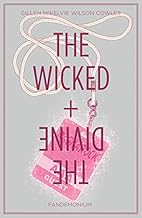 3. Book You Recommended the Most to People in 2015:
3. Book You Recommended the Most to People in 2015:  5. Most Hilarious Read of 2015:
5. Most Hilarious Read of 2015:  7. Favourite Cover of a Book You Read in 2015: Very difficult to judge this one – I’ve read some books with some very beautiful cover art this year! I’m actually going to go with
7. Favourite Cover of a Book You Read in 2015: Very difficult to judge this one – I’ve read some books with some very beautiful cover art this year! I’m actually going to go with  10. Book That Had the Greatest Impact on You in 2015:
10. Book That Had the Greatest Impact on You in 2015: 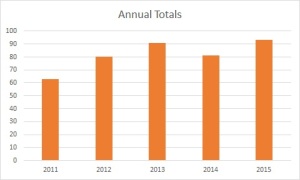
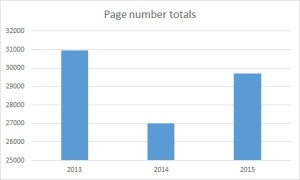
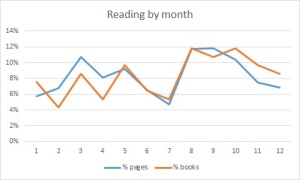
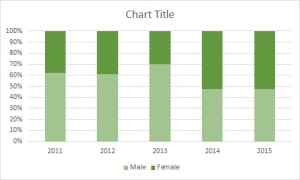
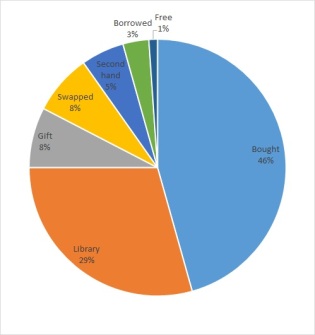
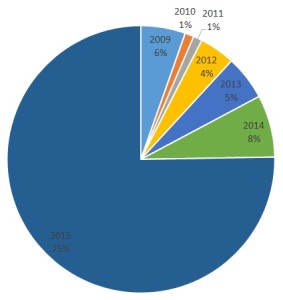
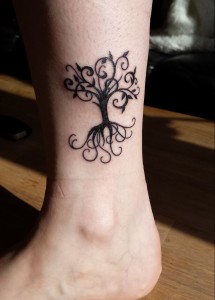


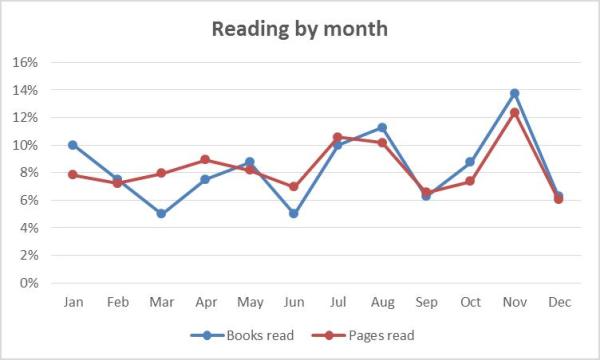

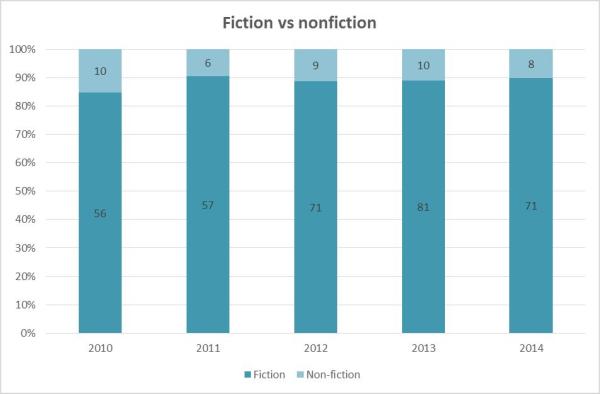
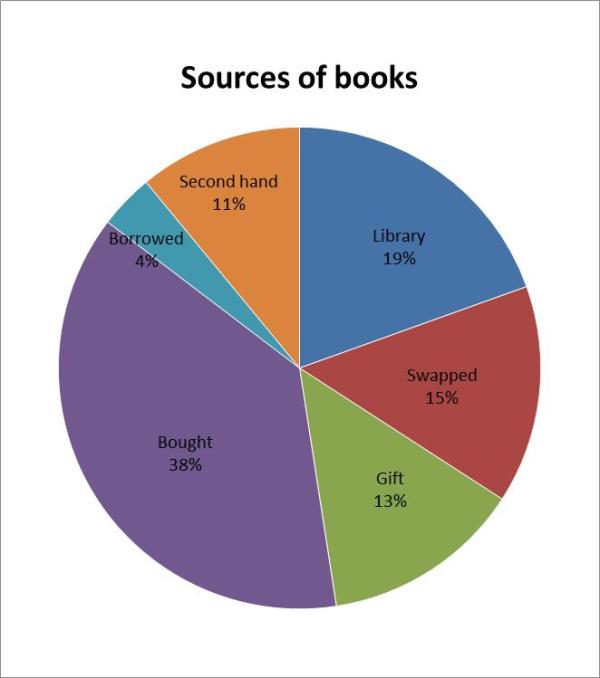
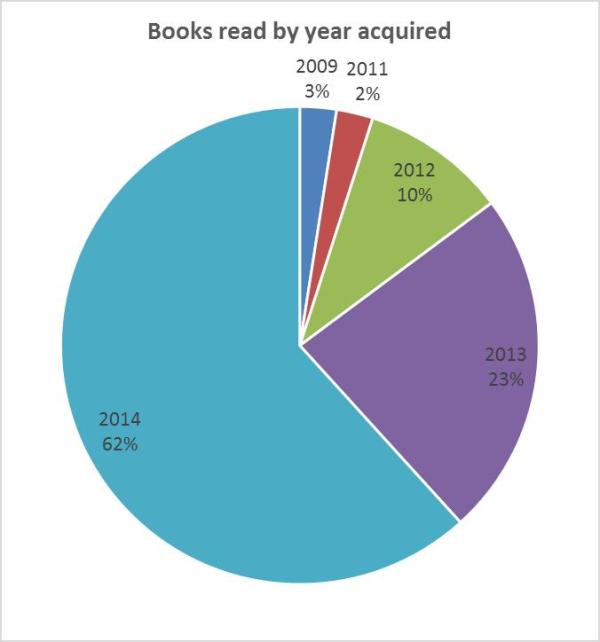
 The Liars’ Gospel
The Liars’ Gospel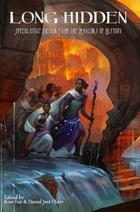
 Gentlemen & Players
Gentlemen & Players The Casual Vacancy
The Casual Vacancy The Crane Wife
The Crane Wife The Last West
The Last West
 Women Destroy Science Fiction!
Women Destroy Science Fiction!
